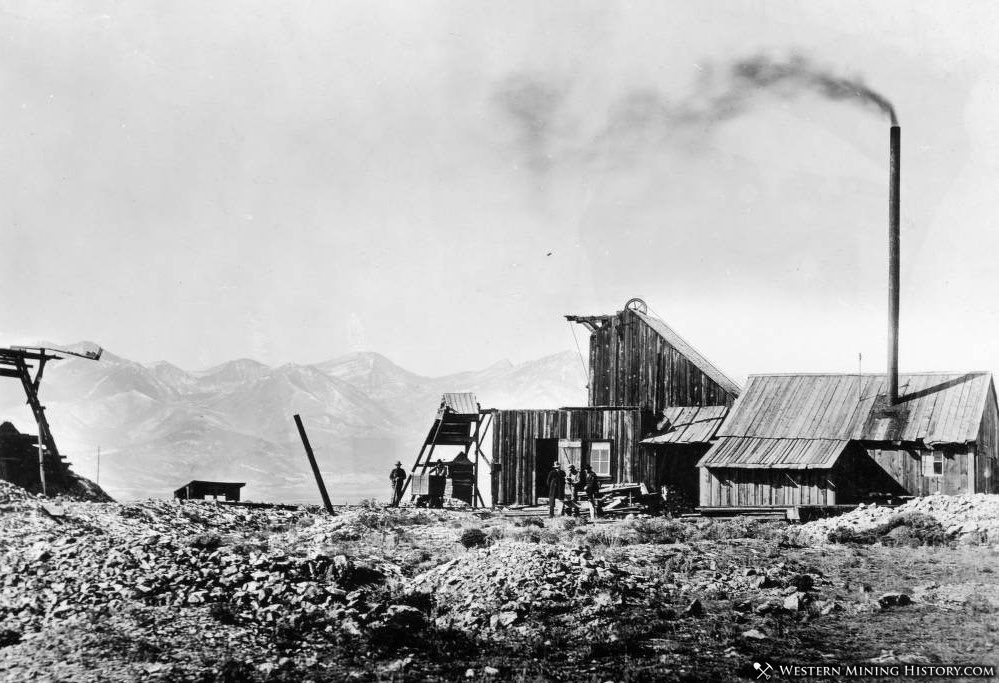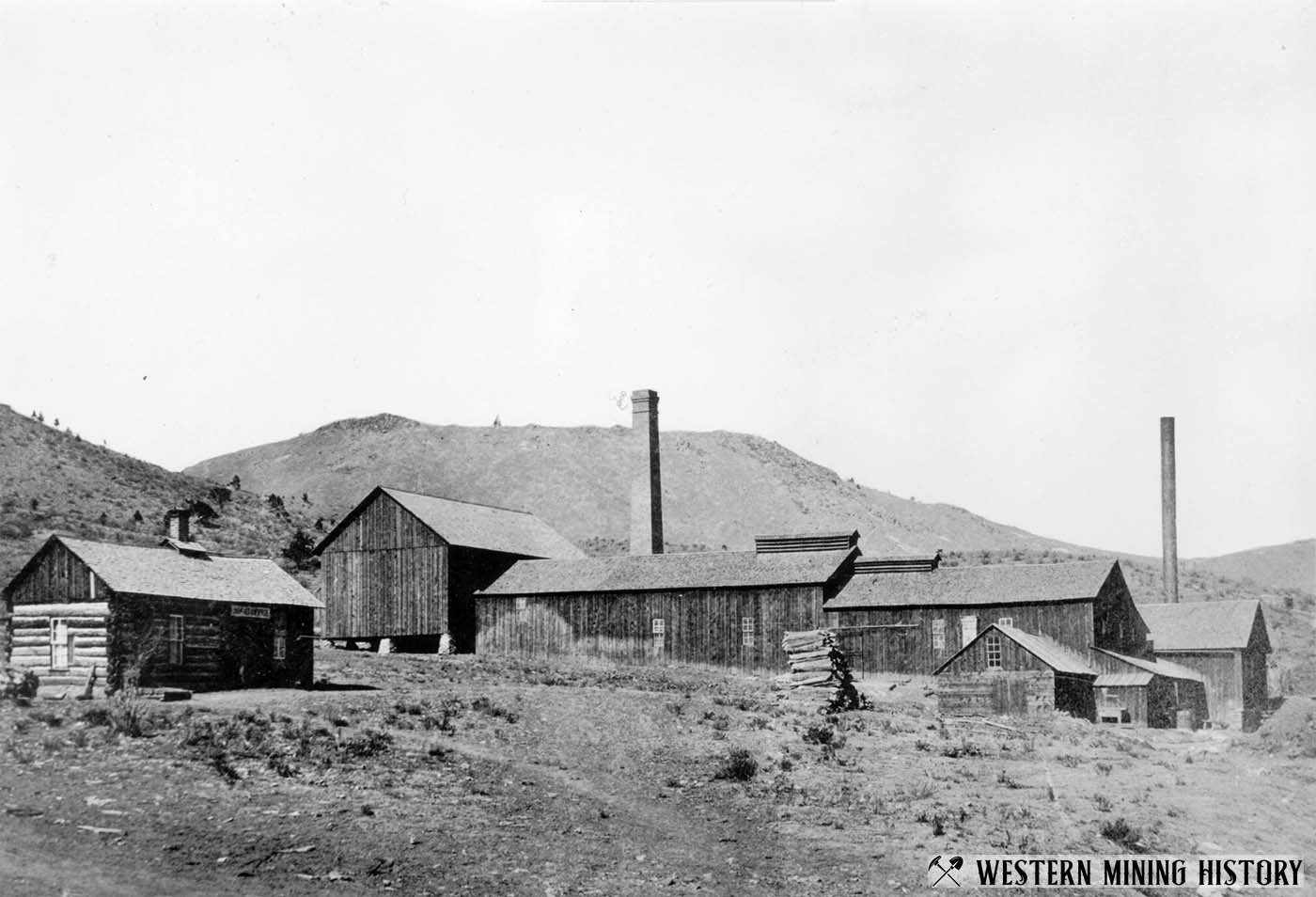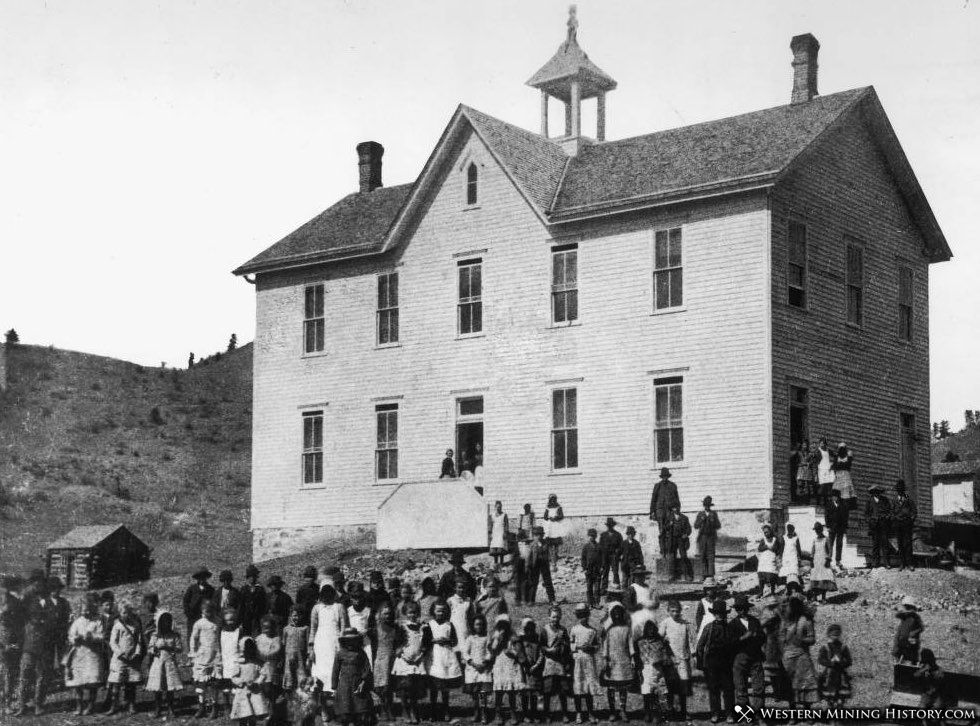Rosita History
The first silver discoveries at Rosita were made in late 1872. The district was initially referred to as the "Hardscrabble Mines.” A mining camp consisting of just 12 log houses had been established by July of the following year.
A smelter was built in the district in the fall of 1873, with one newspaper article advertising the need for four thousand bushels of charcoal per month, and the need to hire “ten practical furnace men”. In December, the Canon City Times reported that the smelter was a failure, and that “the miners are becoming disheartened, not that they lack confidence in the permanency or richness of their mines, but rather owing to the scarcity of money, consequent upon their inability to market their ores.”

Despite the early difficulties with processing local ore, the camp continued to grow. Important new mines were being discovered, including the Pocahontas which was described as being of “immense richness.” That mine was the subject of a bloody conflict in 1875 after it was seized by claim jumpers–the incident was later referred to as the “Rosita War” or “Pocahontas War.”
One article reported that although Rosita did not yet have a post office, about 300 letters were being forwarded to that location every week by May of 1874. A post office was established later that year. By August, the town had 400 residents.

In June of 1874, Four escaped convicts from Canon City made their way to Rosita, where they robbed several houses while the miners of the district were all attending a meeting. The men were found at a cabin near town, were surrounded, and two of them were badly wounded in a shootout before the other two surrendered.
Rosita continued to grow, and by the summer of 1875 its population exceeded one thousand. The town had four hotels and several private boarding houses, all reported to be “crowded.” Construction was underway on a new silver reduction works, and a general supply store owned by L. F. Miller had opened on Main Street. The public school enrolled between one and two hundred pupils, while the Methodist Episcopal Church catered to the town’s faithful. By the end of the year, the Bank of Rosita had opened for business.

Rosita peaked in the late 1870s with around 2,000 residents. The Custer County seat of government moved from Ula to Rosita in 1878. Businesses during this period included a drug store, bakery, both dry and wet goods stores, millinery and dress making shop, butcher, and livery stable. Rosita continued to be known for its hotels, with one article stating “Rosita is particularly fortunate in having good hotels.” Two newspapers were printed here, the Rosita Index and the Sierra Journal.
Rosita’s fortunes had begun to fade by 1880, and in 1881 when the Denver & Rio Grande railroad reached the area, it terminated at Westcliffe, about ten miles distant from Rosita. Despite not getting the direct railroad connection it had hoped for, Rosita still benefited from the closer proximity of the new rail link, and in 1881 an ornamental railroad spike made of silver was presented on behalf of the citizens and mines of Rosita to the D&RG at a ceremony in Westcliffe.

As Rosita’s mines began to play out, miners and merchants moved on to newer and more promising districts. By 1879, nearby Silver Cliff had surpassed Rosita, and in 1886 it captured the county seat, hastening the town’s decline. A fire in march, 1881 burned down much of the business district.
Rosita continued to fade, but still had a small population for many decades. The post office closed in 1966 and the community became a ghost town.
A Tour of Colorado Mining Towns

Explore over 100 Colorado mining towns: A tour of Colorado Mining Towns.
Colorado Mining Photos
More of Colorado's best historic mining photos: Incredible Photos of Colorado Mining Scenes.

